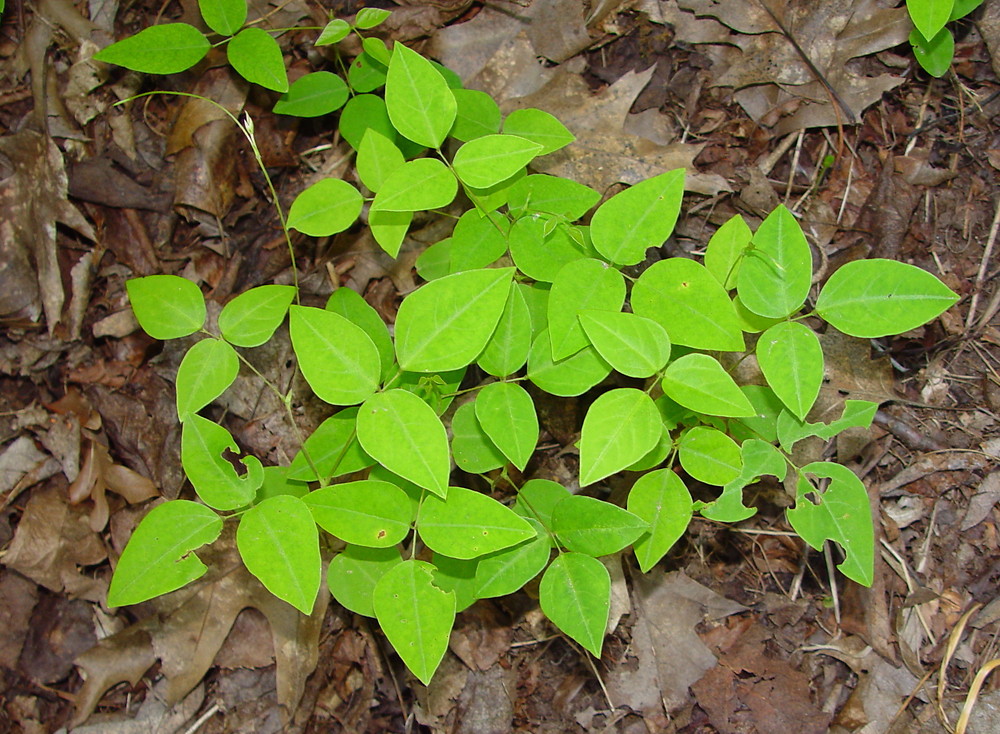
"I loved working with my grandma in the garden," she told me. "Sometimes we'd pick potato bugs off the plants. And mouse beans too--she'd take me along when she'd gather mouse beans." That memory seemed to jar her, the way almost-forgotten moments can when they suddenly reappear. "Nobody ever talks about mouse beans anymore." Seemed almost a mystery to her.
She was a little girl when her grandma died, and that was two years after her mother passed away, which means she grew up without either of the two most important women in her life. Her father was devoted and strong, she says, determined to keep his children together after their losses. But she says he used to tell her, his oldest daughter, that there was so much he, a white man, couldn't teach her because she'd lost two beloved Lakota women while she was still a child.
She was a little girl when her grandma died, and that was two years after her mother passed away, which means she grew up without either of the two most important women in her life. Her father was devoted and strong, she says, determined to keep his children together after their losses. But she says he used to tell her, his oldest daughter, that there was so much he, a white man, couldn't teach her because she'd lost two beloved Lakota women while she was still a child.
"So how is it that nobody talks about mouse beans?"
My job, the writer, is to answer that question. It's amazing what a little research can uncover.
Once upon a time mouse beans were a staple of the Sioux people, so much a favorite that Lakota women would sing songs for the gathering, songs passed on through generations of mouse bean harvesters.
In an article in Indian Country Today, Mary Annette Pember, who teaches ethno-biology at Sitting Bull College on the Standing Rock Reservation, says gathering mouse beans was once an honored seasonal task, even though today what was once done ritually seems, well, disgusting. Lots of mature beans could be found in the nests of field mice. Gathering them from those nests made the work considerably easier than digging them in less volume from the soil where they grew.
In an article in Indian Country Today, Mary Annette Pember, who teaches ethno-biology at Sitting Bull College on the Standing Rock Reservation, says gathering mouse beans was once an honored seasonal task, even though today what was once done ritually seems, well, disgusting. Lots of mature beans could be found in the nests of field mice. Gathering them from those nests made the work considerably easier than digging them in less volume from the soil where they grew.
Mouse beans grow from a vining plant in the bean family, an annual that is both common and unique. It looks very much like poison ivy and is often considered a weed. Because it produces not just one but two "beans" or fruit, one of which is above ground, the other beneath, it quite unusual. For many tribes, hog peanuts--mouse beans--were a common, healthy food source, high in protein, low in fat.
Professor Pember says that through the years gathering mouse beans became a seasonal cultural event, "a ceremony in which the women first sang beautiful songs of their intent to take some of the rodent’s harvest.” The songs honored the mice. They “asked for the mice’s permission to open their caches and reassured them that they would leave enough beans for them to survive the winter.” But those songs also "included words of thanks and honoring for the animals.” Frequently, Professor Pember says, those who harvested mouse beans left dried meat and fruit behind.
Gathering mouse beans was lost to the people along the Missouri River, when Pike-Sloan created four dams that changed the river forever. The rich gumbo soil beneath the trees at the banks disappeared, and along with it went not only the native beds of mouse beans, often called “hog peanuts." Music and ritual that gave life and meaning to everyday experience of the people have virtually disappeared.
Professor Pember says that through the years gathering mouse beans became a seasonal cultural event, "a ceremony in which the women first sang beautiful songs of their intent to take some of the rodent’s harvest.” The songs honored the mice. They “asked for the mice’s permission to open their caches and reassured them that they would leave enough beans for them to survive the winter.” But those songs also "included words of thanks and honoring for the animals.” Frequently, Professor Pember says, those who harvested mouse beans left dried meat and fruit behind.
Gathering mouse beans was lost to the people along the Missouri River, when Pike-Sloan created four dams that changed the river forever. The rich gumbo soil beneath the trees at the banks disappeared, and along with it went not only the native beds of mouse beans, often called “hog peanuts." Music and ritual that gave life and meaning to everyday experience of the people have virtually disappeared.
That last paragraph might well make white folks shrug their shoulders. "Isn't that just the way things go?" they'd say. Native people from along the Missouri River might well use the very same words with a whole world of different meaning.
This morning I'm thankful--but sad--about mouse beans and hog peanuts.
No comments:
Post a Comment